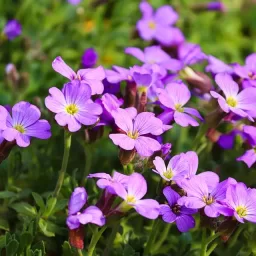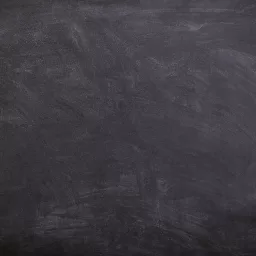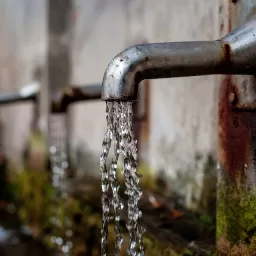Landscaping Facing Water Drought – Temperatures on the Increase
No one can predict how much rain each season will bring. Industry experts advise lawn care professionals and home owners to prepare for dry spells by drought proofing the entire landscape.
Nonetheless each landscape possesses different environmental and physical characteristics and not to mention, a variety of uses so the weighty decision to choose specific plants should be considered first when preparing a lawn.
Typically for the home owner, turf areas need the most irrigation. After all, turf is often used as a welcome mat to the home. A lush, green carpet adds to the home’s curb appeal.
However, there are alternatives to the financial and time requirements associated with turf grasses, according to Bob Delozier, President of Eco Alliance Synthetic a leading dealer for synthetic grass systems, “Dealing with lawn care, specifically regarding water, whether it’s for a household, a government or a business, installing synthetic grass in place of existing natural grass will dramatically reduce cost and effort over time.”
Good news for lawn care since water management impacts the landscaper, garden designers, property managers and home owners.
The synthetic grass option bears significant consideration. Specifically when some grass species are more drought sensitive than others. Fescue, for instance, ranks extremely high in this category. The grass will actually go into shock during a drought and possibly die if it’s not watered.
The related cost of changing landscapes to save water requires a significant investment. Over time, water, fertilizer, lawn and garden equipment supplies and increasing maintenance labor needs must be calculated into the life long equation.
According to the latest annual report by the Public Policy Institute of California, the growing number of single-family homes with healthy lawns is projected to significantly increase the state’s water demands. California is projected to add about 11 million new residents by 2025, and at least half of them are expected to live in inland areas
Some municipalities are seeking active legislation to reduce the amount of water home and business owner’s use over the next several years. If the property owner can’t water at all due to local bans, they must have the resources to take special precautions. Daily inspections are needed to reduce their lawns demand for water and help them through a dry time.
“Thirsty grass is expected to strain water supplies in California over the next 25 years if nothing is done to reduce outdoor water use,” states Bob Delozier.
Water restrictions will not cause any problems for the synthetic landscaped property. When it comes to purchasing drought tolerant plants, installing a drip irrigation system and specifically designed water use landscaping, according to Delozier, “with the synthetic lawn system, the constant lawn challenge is removed from daily life over the next 20 years of regular use.”
garden landscaping
#Landscaping #Facing #Water #Drought #Temperatures #Increase
Will be pleased to have you visit my pages on social networking .
Facebook page here.
Twitter account is here.
Linkedin account here
Post byBedewy for info askme VISIT GAHZLY







